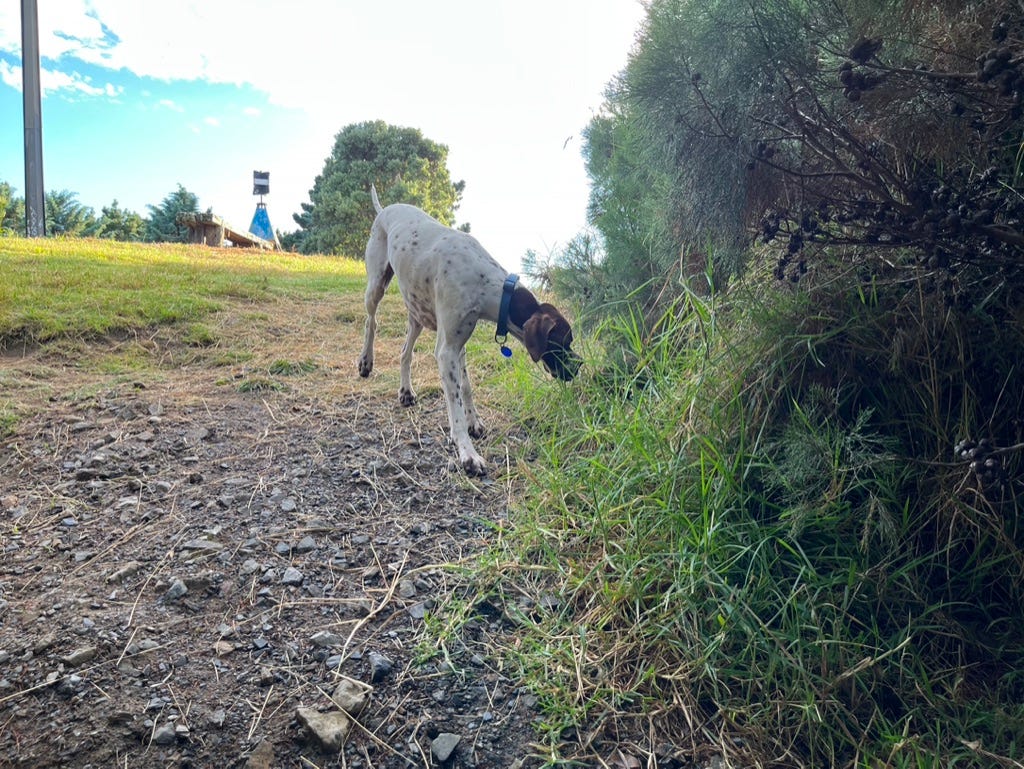According to a budget submission from New Zealand’s Ministry of Housing and Urban Development, there were, as of October 2021, over 4,800 households living in emergency housing, up from 750 in September 2016. 26% were in emergency housing for over six months, and 8% for over a year.
Within those 4,800 households were 4,500 children. Bear in mind that this is not a total number but the number of children in emergency housing at that time. Children move through the emergency housing system, so the current total number will be larger. And it is concentrated in specific areas. For example, in September 2022 693 children were living in emergency housing in Hamilton.
Alongside that, the submission also states there were 102,000 people “estimated as being severely housing deprived in March 2018.” Those people were not in emergency housing: they slept rough, lived in overcrowded houses, or couch-surfed. While no number is given, it would be a fair assumption that children are part of that number.
We know 120,00 children are growing up in poverty in New Zealand. A not insignificant number are growing up in extreme poverty.
What’s the link to learning?
Growing up in poverty negatively impacts how the brain develops. For instance, in a study titled The Effects of Poverty on Childhood Brain Development, the researchers found:
“exposure to poverty during early childhood is associated with smaller white matter, cortical gray matter, and hippocampal and amygdala volumes measured at school age/early adolescence. These findings extend the substantial body of behavioral data demonstrating the deleterious effects of poverty on child developmental outcomes into the neurodevelopmental domain and are consistent with prior results.”
Gray matter is where cognition happens. White matter connects gray matter. The hippocampus is essential for memory. The amygdala helps with processing emotions. Follow that thread all the way into the classroom and ask yourself if another curriculum refresh is the answer.
Today’s message from Pluto
“It takes a lot of sniffing to work out what’s really there. Woof!!!




